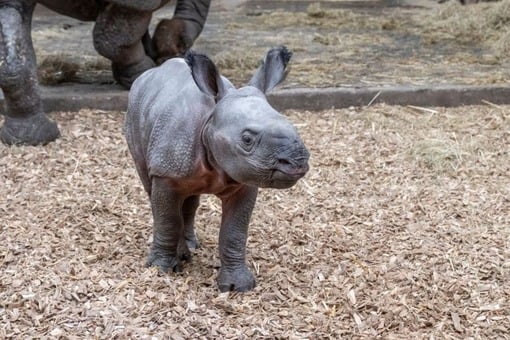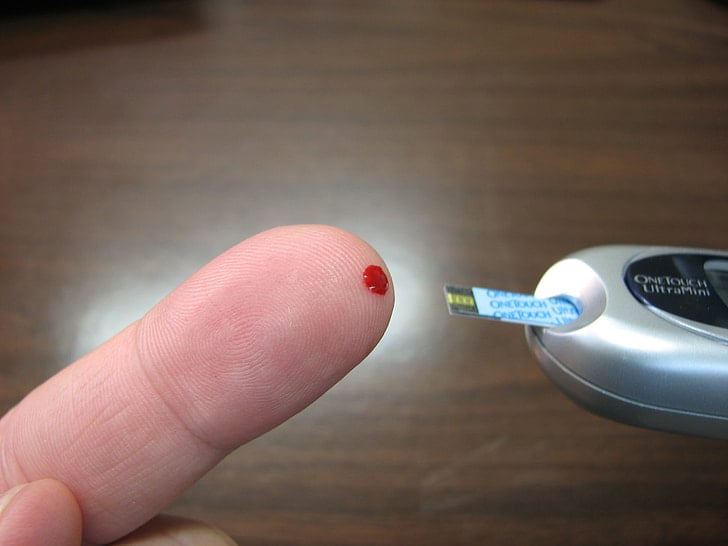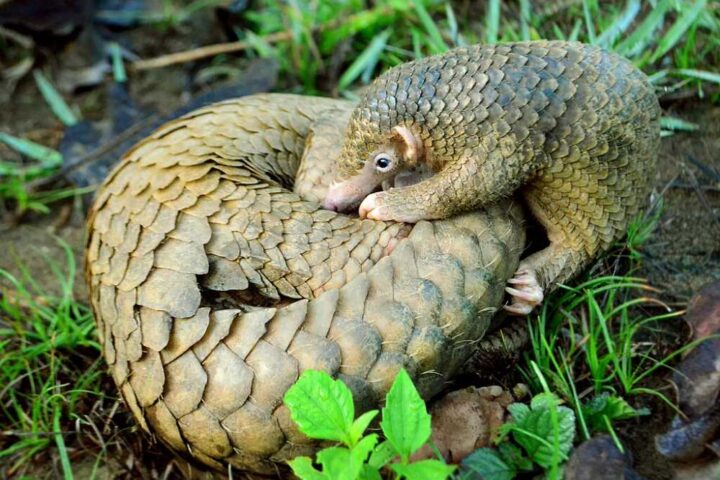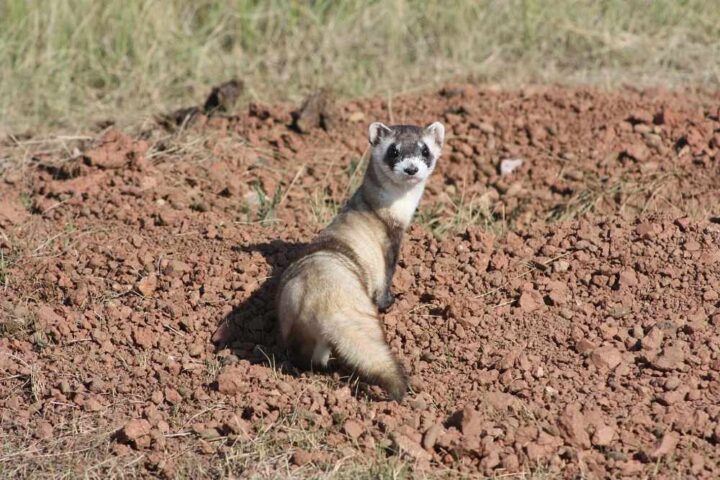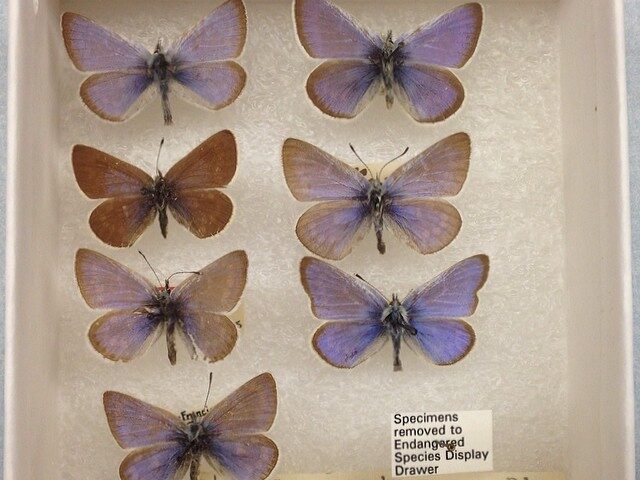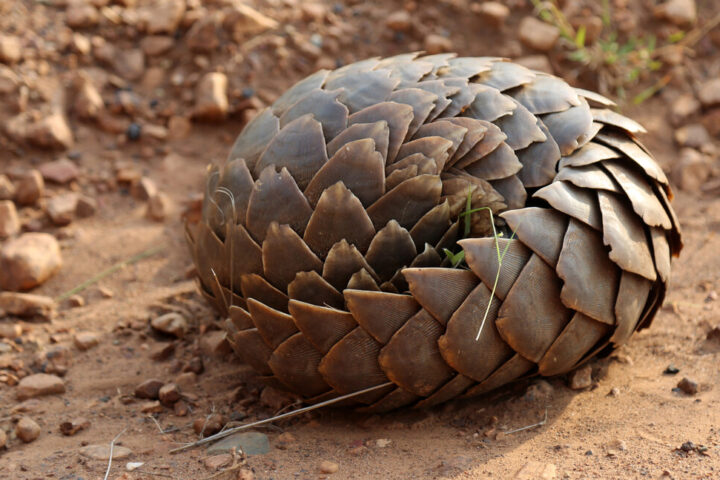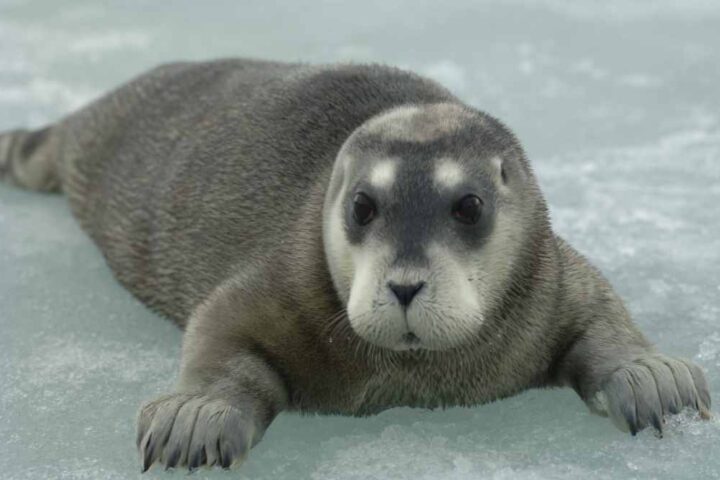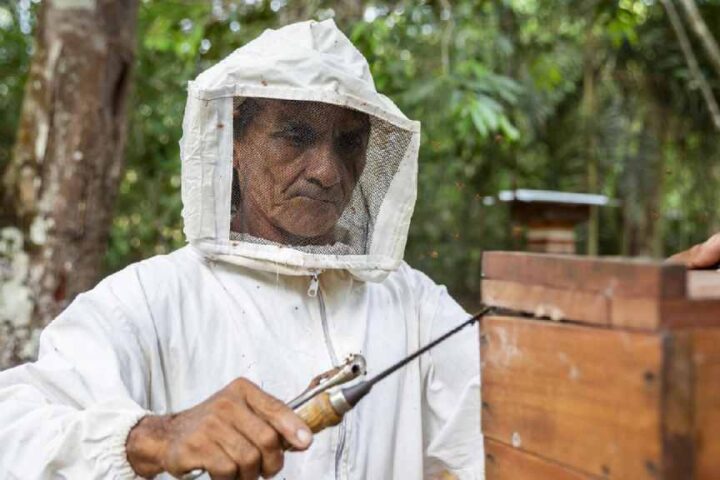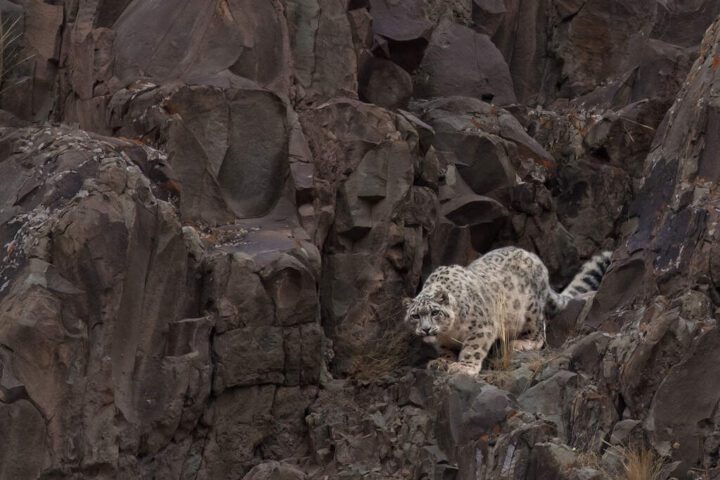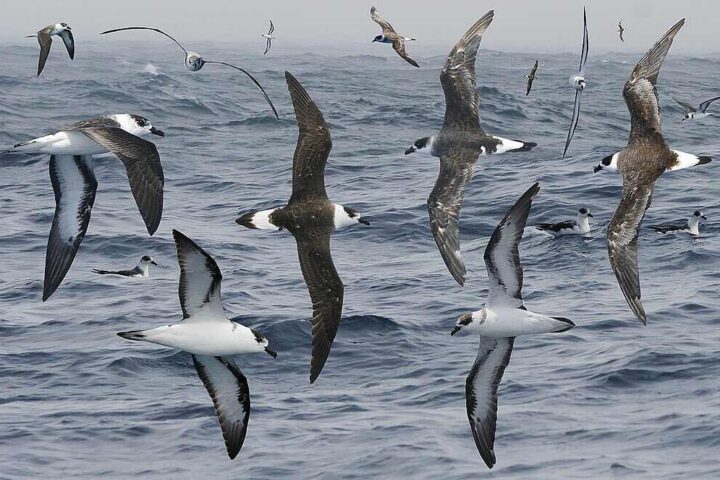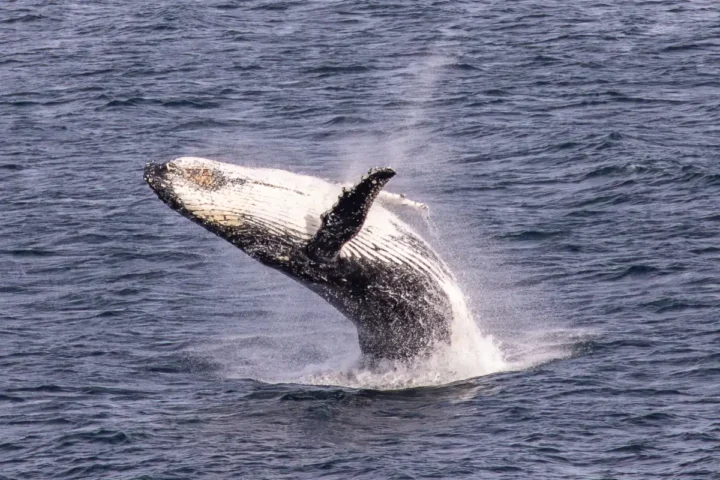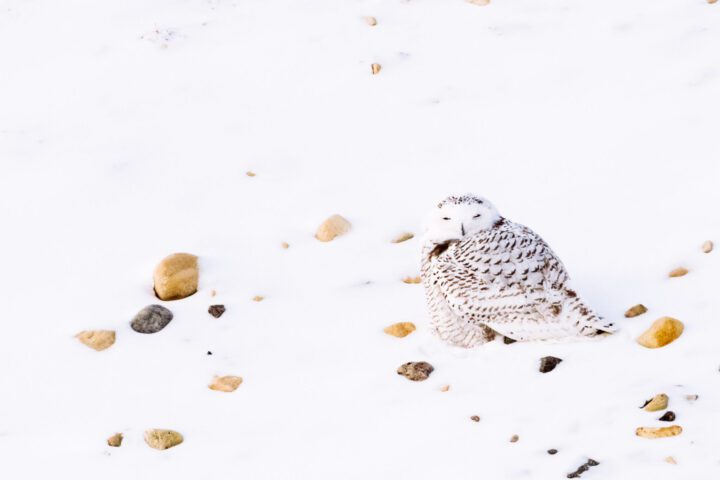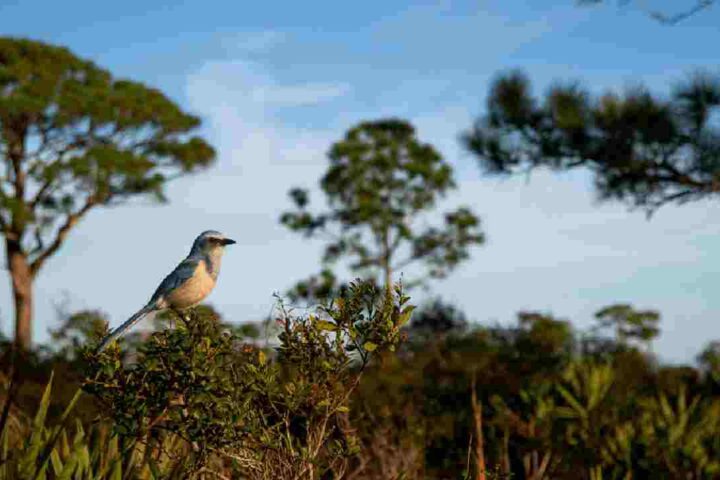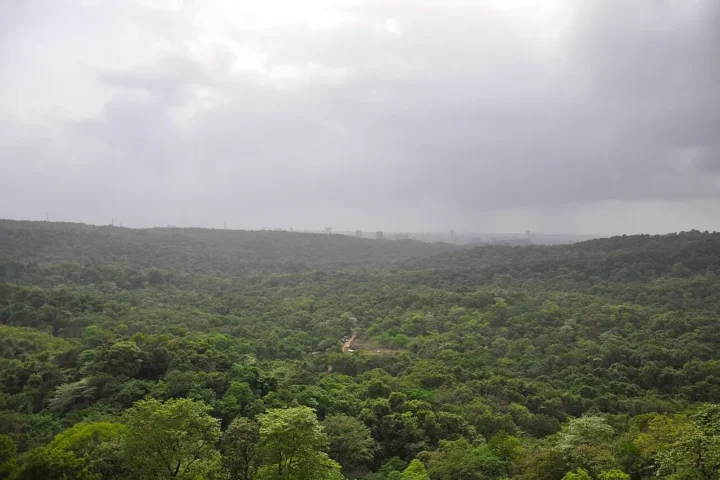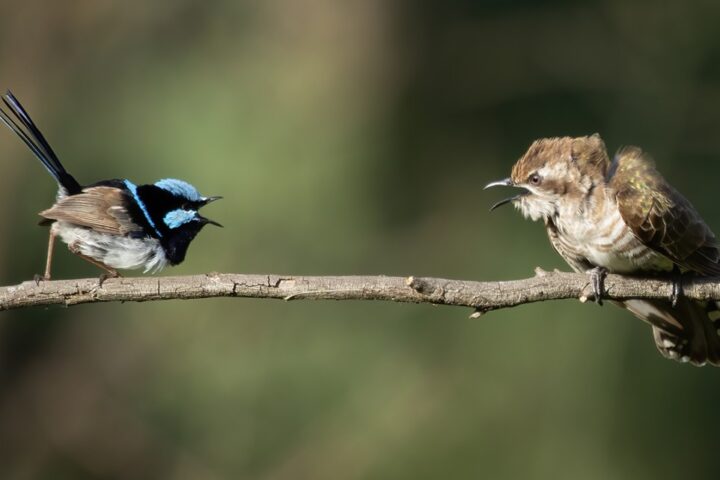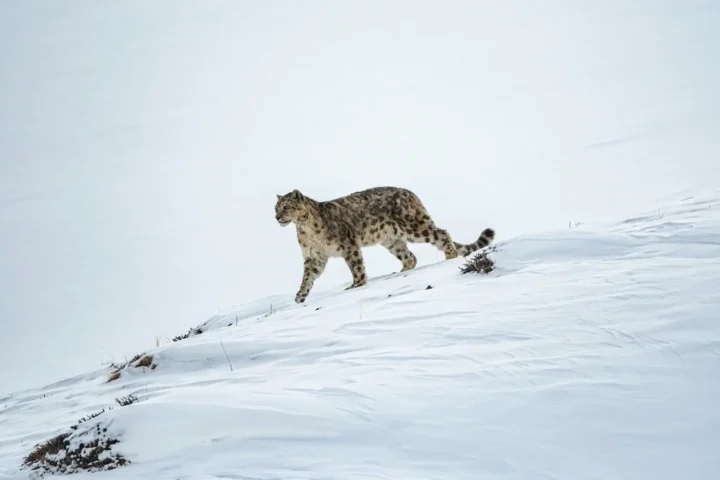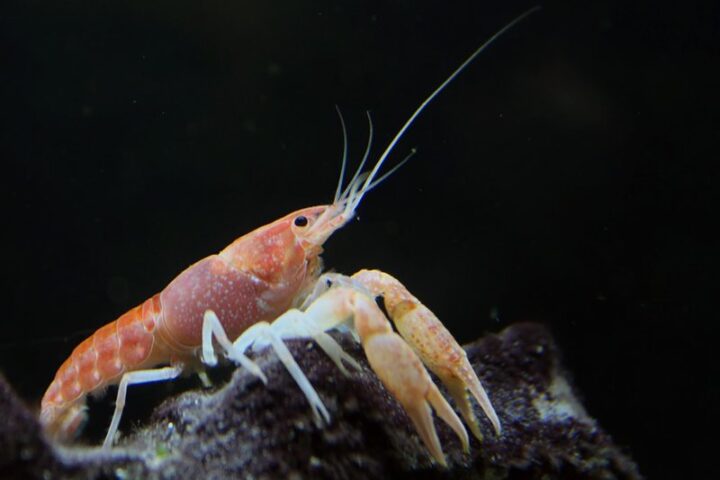A female Indian rhinoceros calf born at West Midlands Safari Park on May 6, 2025, survived what experts called a potentially fatal birth complication. The calf arrived in a breech position, requiring immediate veterinary intervention.
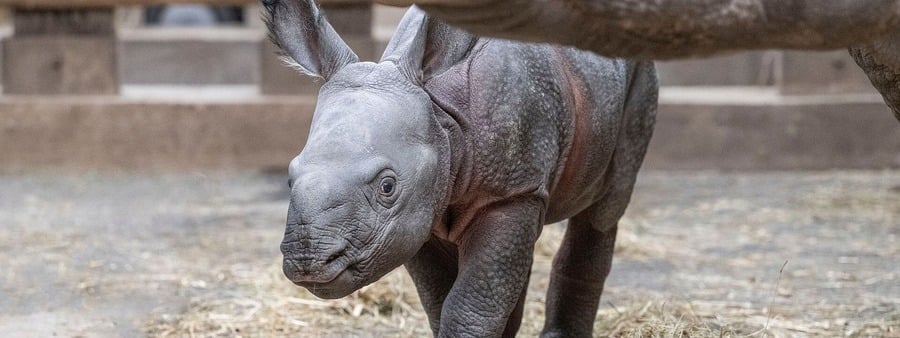
“When we hadn’t seen the usual progression we expected, closer inspection showed us there were back feet visible,” said veterinary nurse Sarah Smith. “A breech birth brings many difficulties, and research shows a large number require intervention and usually end in calf mortality.”
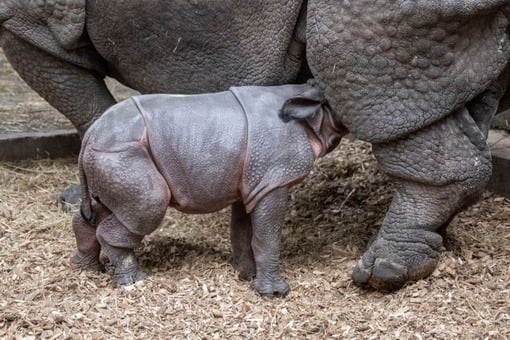
The park’s veterinary team applied calving ropes to assist 13-year-old mother Sunanda through her contractions. Despite expecting the worst, staff were surprised when the calf emerged alive.
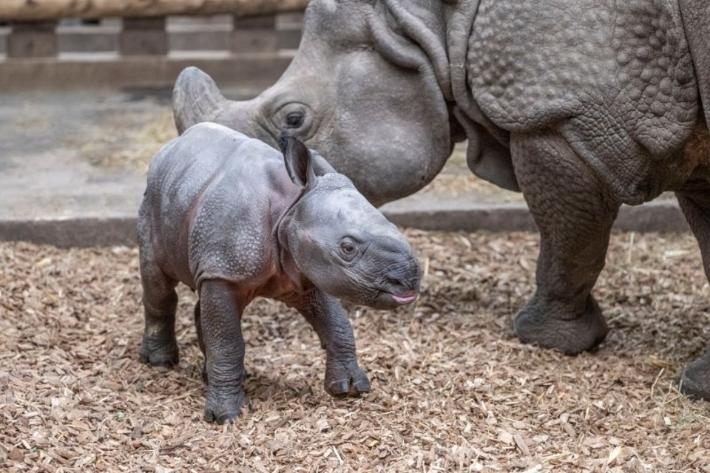
This marks only the second successful Indian rhino birth in the park’s 52-year history. The first was the calf’s half-brother, born in 2020.
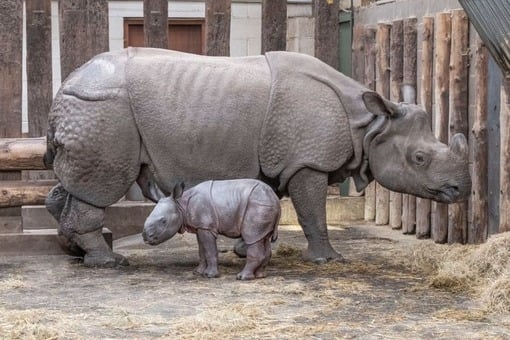
Lisa Watkins, Head Keeper of Ungulates, noted the significance: “The birth is the first for the European EEP population this year and in fact the first to be born in the last 15 months.”
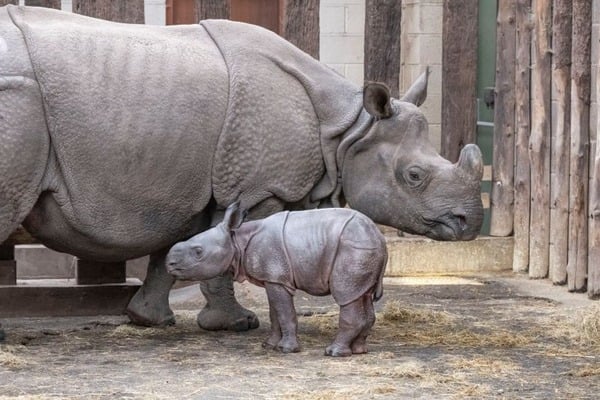
The Indian rhino, classified as “Vulnerable” by the International Union for Conservation of Nature, has recovered from near extinction. Their population dropped to around 200 in the early 20th century but has grown to about 4,000 today through protection efforts in India and Nepal.
Similar Posts
Wild Indian rhinos still face threats from poaching and habitat loss. Their horn is targeted despite being made of keratin—the same material as human fingernails—with no proven medicinal value.
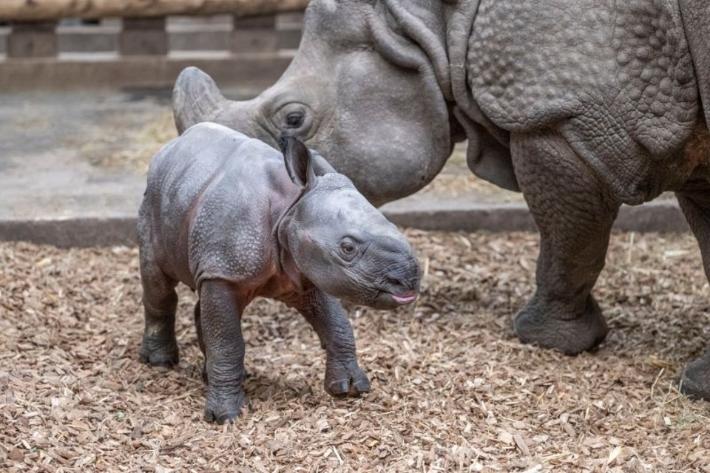
The new calf joins three other Indian rhinos at the park: mother Sunanda, father Rap (17), and another female named Seto. Following the park’s naming tradition, the calf will receive a name starting with “N,” as will all babies born at the park in 2025.

Visitors may catch glimpses of mother and calf in their outside paddock during suitable weather. The Indian rhinos can be seen on the Safari Drive included in admission price.
West Midlands Safari Park donates annually to Save the Rhino International, supporting conservation of all five rhino species worldwide.
